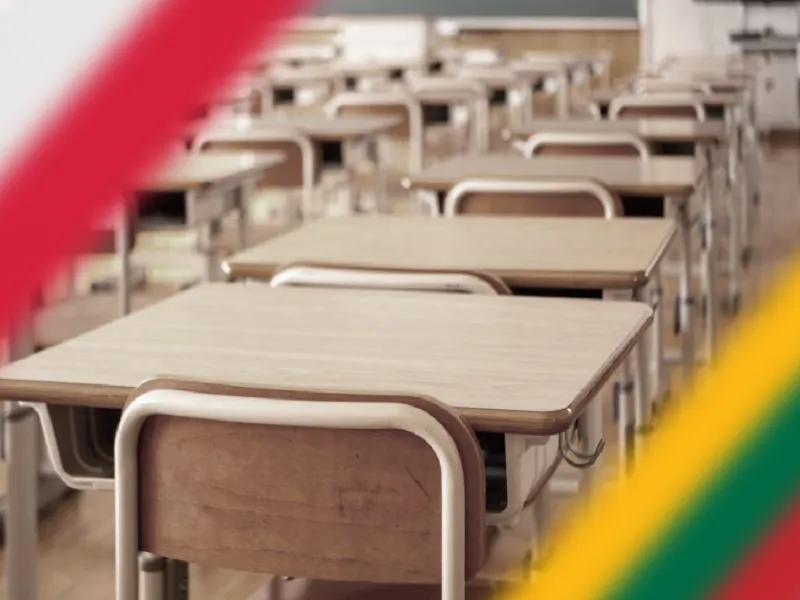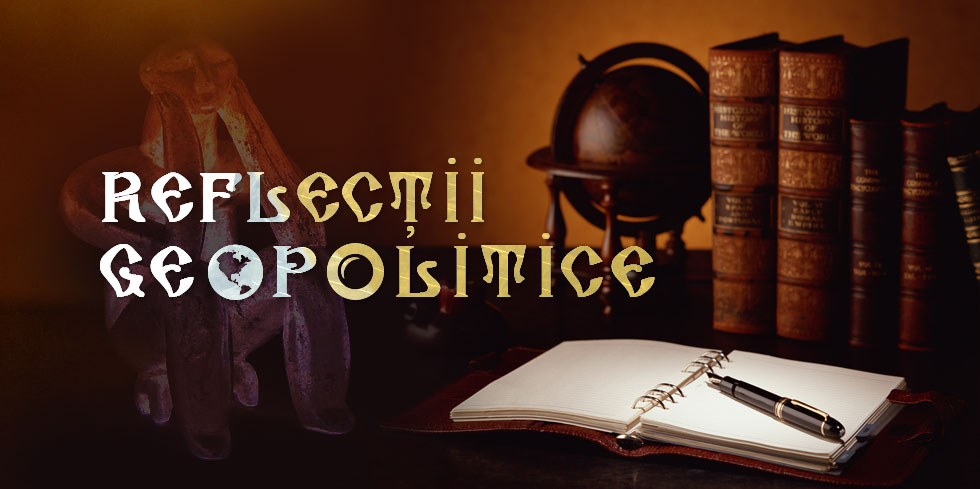
Although he soon thereafter half-heartedly walked back his threat to close Polish schools, his words reminded Lithuania’s largest minority that existing discriminatory practices against them could always intensify, which in turn draws attention to the scenario of identity-driven conflict in the future.
There was a brief scandal in Polish-Lithuanian relations last month that barely generated any media attention outside of those two. Chairman of the Lithuanian State Language Inspectorate Audrius Valotka declared that “there should be no Polish and Russian schools at all. Why do we have to create and maintain all sorts of language ghettos in Šalčininkai?” This prompted a condemnation from the Polish charge d’affaires in Vilnius and Valotka half-heartedly walking back his comments in a Facebook post.
While attempting to reassure his country’s nearly 700-year-old and by-now indigenous Polish minority that he lost his cool in the heat of the moment and that no plans are afoot to close their schools, he still sharply criticized their lack of linguistic integration into Lithuanian society. Interwar Lithuania and the Lithuanian Soviet Socialist Republic both discriminated against Poles and their language as part of a nation-building project that continues to this day over one-third of a century since independence.
The nearly 200,000 people in Lithuania who self-identify as Poles are unofficially considered to be the remnants of supposed Polish colonialists from the 1385 Union of Krewo till the last Partition in 1795 and/or ethnic Lithuanians that were “Russified” since then but identify as Poles due to being Catholic. This false perception that dishonestly denies the by-now indigenous nature of the Polish minority fuels Lithuania’s discriminatory practices against them that Warsaw officially complained about in the past.
Poland has since been low-key about this due to the paranoia that Russia could exploit the issue for speculative divide-and-rule purposes, but the issue still riles conservative-nationalists from time to time. The core of the problem is that contemporary Lithuania conceives of itself as an ethno-national state that lays exclusive claim to the legacy of the Grand Duchy of Lithuania (GDL) despite the dominant role that Slavs (mostly Poles and Belarusians) and their culture played during most of that polity’s existence.
Respecting the rights of Lithuania’s Polish minority, such as by letting them use Polish diacritical marks in their names and making Polish an official administrative language in their historic localities, would discredit this nation-building narrative to the consternation of Lithuanian ultra-nationalists. That could in turn easily lead to wider discussions of whether Lithuania misappropriated the legacy of the GDL like Timothy Snyder compellingly argued in his 2003 book on regional identities and the “Litvinists” claim.
On that note, some Lithuanians recently protested against the pro-Western Belarusian diaspora on the grounds that this group’s “Litvinist”-adjacent historical narratives undermine their own. The preceding hyperlinked analysis touched upon the scenario of those newcomers and the Polish minority jointly reviving the latter’s failed 1989-1991 autonomy plans due to convergent socio-cultural interests. Lithuanian ultra-nationalists fear that this could be a Trojan Horse for Polish or Russian “expansionism”.
Another scenario is them and the Russian minority, which is Lithuania’s second largest, taking Vilnius to European or international court if it violates last year’s national minorities law by shuttering their schools. Seeing as how Lithuania is one of the fastest-depopulating countries as its titular nationality moves westward for work, those three might soon comprise a larger share of the population, which could spook the state into cracking down on them and thus provoking a serious identity-driven conflict.
